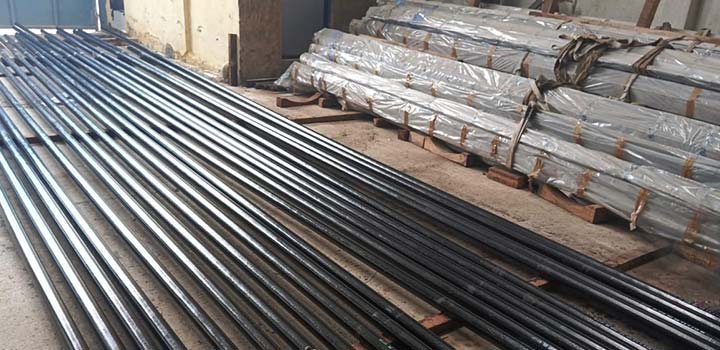
STKM11A is a Japanese Industrial Standard (JIS) carbon steel tube used for general structural applications. The material's chemical composition plays a critical role in determining its mechanical and physical properties, making it suitable for a wide range of industrial uses.
Table of contents
- STKM11A Chemical Composition
- JIS G3445 Grade STKM11A Mechanical Properties
- STKM11A Equivalent Materials
- Flattening and Bending of ASTM A519 MT1010
- Physical Properties of Grade STKM11A
- Tolerances of JIS G3445 STKM11A Tubes
- Chemical Compatibility of STKM11A Material
- ASTM Standards for Grade 11A
- Range of Products for MT1010
- Delivery Condition of DIN 1.0034
- STKM11A Hardness
- Smelting Temperature of ASTM A519 MT1010
- JIS G3445 Gr STKM11A Thermal Properties
- Cold Finishing Temperature of Grade 11A
- Creep Strength of MT1010 Material
- Working Temperature Range of STKM 11A
- EN 1.0034 Testing Methods
- Heat Treatment Techniques for JIS G3445 STKM11A
- Inspection Report for STKM11A Carbon Steel Tubes
STKM11A Chemical Composition
JIS G3445 Grade STKM11A Mechanical Properties
| Elongation A (%) |
Yield Strength Rp0.2 (MPa) |
Tensile Strength Rm (MPa) |
Impact KV (J) |
Reduction in cross section on fracture Z (%) |
|---|---|---|---|---|
| 13 | 518 (≥) | 424 (≥) | 34 | 23 |
Grade 11A manufactured using hot or cold finishing techniques, refer to JIS G3445 STKM11A Steel Equivalent
STKM11A tubes are produced through continuous processes, either by hot or cold finishing methods. Hot finishing involves rolling at high temperatures, while cold finishing occurs at room temperature. Pipes with diameters over 38mm typically use hot finishing, whereas smaller diameter pipes benefit from cold finishing for better surface finish and dimensional accuracy.
STKM11A Equivalent Material
| NUMBER | GRADE | ASTM NUMBER | JIS | MECHANICAL | |
|---|---|---|---|---|---|
| D 3517 | Grade 11 A | STKM 11 A | A513 | G-3445 | MT1010 |
Flattening and Bending of ASTM A519 MT1010
| Flattening Test | Bending Test | |
|---|---|---|
| Distance between parts (D=OD) |
Bend Angle | Inside Radius (D=OD) |
| 1/2D | 180° | 4D |
STKM11A grade contains 0.40% silicon, view the physical properties of STKM11A Steel Pipe
Its high density provides a balance between strength and weight, offering durability and robustness ideal for high-stress applications. Despite its weight, the favorable strength-to-weight ratio ensures reliable performance in high-temperature environments.
Physical Properties of Grade STKM11A
| Density kg/dm³ |
Thermal Conductivity W/mK |
Temperature T °C/F |
Specific Heat J/kgK |
|---|---|---|---|
| 371 (≥) | 13 | 34 | 41 |
Tolerances of JIS G3445 STKM11A Tube
| Wall Thickness (WT) | Tolerances on Wall Thickness (WT) |
|---|---|
| Under 4mm | +0.6 -0.5 |
| 4mm or over | +15% -12.5% |
| Under 3mm | ±0.3 |
| 3mm or over | ±10% |
| Under 2mm | ±0.15 |
| 2mm or over | ±8% |
Chemical Compatibility of STKM11A Material
| Media | Symbol | Compatibility |
|---|---|---|
| Acetonitrile (Methyl Cyanide) |  |
Excellent |
| Acetyl Chloride |  |
Good |
| Adipic Acid |  |
Excellent |
| Alcohol: Isobutyl |  |
Good |
| Allyl Bromide |  |
Not recommended |
| Amyl Acetate (Banana Oil) |  |
Fair to Poor |
| Butyric Acid |  |
Not recommended |
ASTM Standards for Grade 11A
| Standard | |
|---|---|
| ASTM A519 | ASTM A513 |
Range of Products for MT1010
| Products | Dimension | Processes |
|---|---|---|
| Seamless and Welded Pipes/Tubes | OD:6-219mm x WT:0.5-20.0mm | Welded, Hot extrusion, Cold Drawn |
| Plates / Sheets | 0.08-200mm(T)*W*L | Forging, cold and hot rolling |
| Round Bar | Φ8-1200mm*L | Cast, Forging, cold and hot rolling |
| Coil / Strip | 0.03-16.0x1200mm | Hot-Rolled & Cold-Rolled |
Delivery Condition of DIN 1.0034
| Designation | Symbol |
|---|---|
| Cold finished (soft) | BKW |
| Cold finished (hard) | BK |
| Cold finished and stress-relieved | BKS |
| Normalized | NBK |
| Annealed | GBK |
STKM11A material is widely used in the automotive industry, refer to hardness of STKM 11A JIS G3445 grade
Due to its high hardness, STKM11A is commonly used in the automotive sector, especially where strength and durability are essential. Its combination of chemical composition and manufacturing process makes it ideal for applications requiring resistance to pressure and impact.
STKM11A Hardness
| Hardness | |
|---|---|
| 77 HRB | 212 HBW |
Smelting Temperature of ASTM A519 MT1010
| Smelting Temperature | 1821°C – 1823°C |
|---|
DIN 1.0034 melting range is 1480 – 1526 °C, check ASTM A519 MT1010 material thermal properties
The moderate thermal conductivity of STKM11A allows efficient heat transfer, making it suitable for use in automotive exhaust systems and heat exchangers under specific temperature ranges.
JIS G3445 Gr STKM11A Thermal Properties
| Temperature (°C) | 14 | 314 | 937 |
|---|---|---|---|
| Modulus of elasticity (GPa) | – | 281 | – |
| Mean coefficient of thermal expansion ×10-6/(°C) | – | – | 13 |
| Thermal conductivity (W/m·°C) | – | 31.3 | 42.2 |
| Specific thermal capacity (J/kg·°C) | – | 111 | – |
| Specific electrical resistivity (Ω mm²/m) | 0.33 | – | – |
| Deity (kg/dm³) | – | – | 443 |
| Poisson’s coefficient, ν | – | – | 124 |
Cold Finishing Temperature of Grade 11A
| Temperature | 1200°F [650°C] |
|---|
View creep strength and temperature range of STKM11A carbon steel material
Creep strength and rupture properties depend on the material's chemical composition and microstructure. It performs well in low to moderate temperature ranges, so it's important to operate within the specified limits to avoid damage or degradation.
Creep Strength of MT1010 Material
| Creep Strain (10000h) (Rp1,0) N/mm2 |
Creep Rupture (10000h) (Rp1,0) N/mm2 |
|---|---|
| 141 | 922 |
STKM 11A Grade Working Temperature Range
| Temperature Range | 425 °C |
|---|
EN 1.0034 Testing Methods
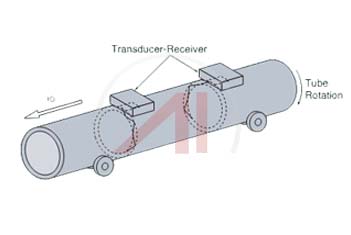
Ultrasonic Inspection
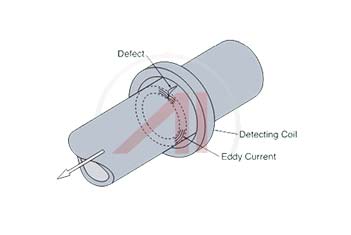
Eddy Current Inspection
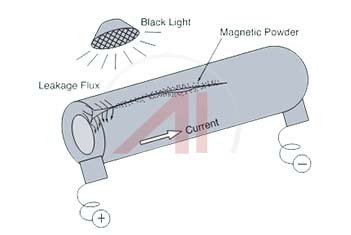
Magnetic Particle Inspection
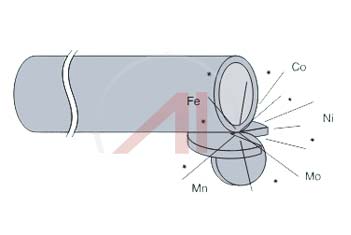
Spectro-Chemical Analysis
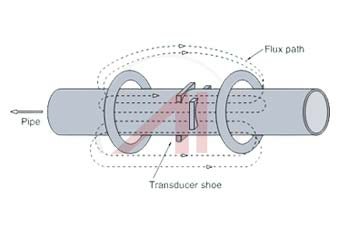
Electromagnetic Inspection
STKM 11A JIS G3445 Heat Treatment Techniques
| Annealing | Quenching | Tempering | Normalizing | Q & T |
|---|---|---|---|---|
| √ | √ | √ | √ | √ |
STKM11A Carbon Steel Tubes Inspection Report
| OD. (mm) |
Tolerance (mm) |
ID. (mm) |
Tolerance (mm) |
Length (mm) |
Tolerance (mm) |
Straightness (mm) |
|---|---|---|---|---|---|---|
| 4 | ±0.05 | 1.5 | -0/+20 | 3000 | ±0.05 | 1:1000 |
A carbon Steel Plate has usually been considered as the steel that does not contain much alloy steel elements, also named as mild steel. Generally, elements are C, Mn, P, S, Si, besides these, there are no minimum limits for elements of Al, Cr, Ni, Mo, V, etc.
Low carbon steel is the most common form, and it's very malleable and ductile. Medium carbon steel balances ductility as well as strength for excellent wear resistance. High carbon steel is exceptionally strong, while ultra-high carbon steel can be tempered to even greater hardness but no malleability.
As the percentage of carbon gets larger, steel can become harder and stronger through heat-treating. Carbon steel is usually heated to change the mechanical properties of steel, usually ductility, hardness, strength, and resistance of impact. Increasing the carbon content of carbon steel makes it harder and stronger, but reduces the steel`s ability to be welded, making it more brittle.
Carbon steel plate is most often used for structural purposes such as buildings, yet it has the flexibility to be worked into ornate designs. Low carbon steel sheet (wrought iron) is typically used for fences, chain links, gates, and railings. Structural Steel (medium carbon steel) is used in cars, refrigerators, washing machines, buildings, and bridges. The steel sheets are normally made up of medium carbon steel.
Hot Rolled Carbon Steel Plate,16Mm Carbon Steel Plate,Carbon Steel Sheets,Coll Rolled Carbon Steel Plate
SHANDONG HUITONG STEEL CO.,LTD , https://www.cnmetalsupply.com